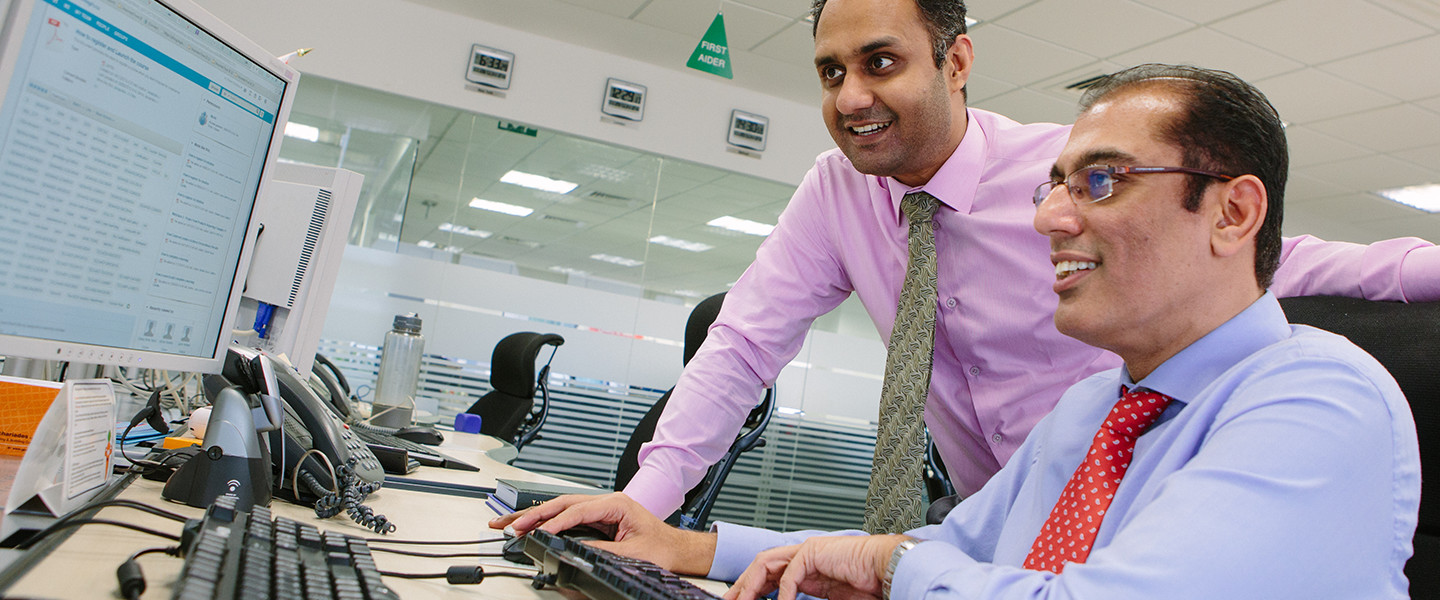Financial inclusion – why we should care


Financial inclusion has become a buzzword for governments intent on tackling poverty and inequality among their citizens. India’s Prime Minister Modi just announced that he wants to end ‘financial untouchability’ with an ambitious target to provide most households with a bank account in a matter of months.
Almost half of all adults in the world are ‘unbanked’, most of them living in South Asia, Africa and the Middle East. It is not difficult to see why countries are keen to do something about this.
People who have access to financial services are able to cope better with fluctuating incomes and sudden expenses. They are less likely to fall prey to usury, and more likely to be educated and healthy, vastly improving their chances of pulling out of poverty.
Entrepreneurs and small firms benefit too, as they can use bank finance to set up and expand new businesses. And whole economies benefit as private savings are put to productive use, jobs are created, and more companies are brought into the formal sector, raising tax revenues and making workers eligible for better protection and benefits.
Barriers to financial inclusion have come down
Financial inclusion initiatives are not new – in India or elsewhere – but, arguably, there has never been a better opportunity for such initiatives to succeed.
Barriers to financial inclusion have come down, with technological innovation and political will converging to create, at least in theory, the prospect that every adult in the world may one day be banked.
To date, more than 90 developing countries, representing three-quarters of the world’s unbanked population have signed the Maya Declaration aimed at reducing poverty through financial inclusion.
Our research shows a number of countries have made great strides in financial inclusion in the last decade, leading the way for others. Bangladesh, Vietnam and Russia have made much progress in expanding access to ATMs and bank branches. And Indonesia and Malaysia are making headway with newer innovations in financial inclusion, such as electronic banking.
Economies in East Asia tend to do better than those in Africa, but there are pockets of strength even in less inclusive countries, such as Kenya and Saudi Arabia.
Still, about 2.5 billion adults around the world remain outside the financial system. Inclusion is particularly low in countries such as Nigeria, Uganda, Pakistan, Ghana and Egypt and only modestly better in some of the larger emerging markets such as China, India and Brazil.
Some barriers to financial inclusion are ‘natural’, such as long distances to the nearest branch for many people living in rural communities. Others stem from a lack of infrastructure, such as the inability of banks to access the credit information they need in order to lend to people and companies.
Restrictive regulations are an issue: more often than not, poor people don’t have any form of identification papers, meaning they are unable to pass stringent ‘know your customer’ requirements imposed by governments on banks in a bid to prevent money laundering and terrorist financing.
The lack of financial products suitable for the poor represents another blockage. Financial inclusion is likely to be more effective if banking products cater to the needs of individuals and micro enterprises, and if households are educated about the products on offer at ‘teachable moments’ – so-called life-changing events such a house purchase, marriage, divorce, starting a job, or retirement.
Technological advances have made it economically viable for banks to reach poorer people
In recent years, technological advances have made it economically viable for banks to reach poorer people, drastically reducing transaction costs. The agent or corresponding banking model has come to the fore in many developing countries, particularly in South Asia and Latin America. Mobile money or ‘branchless’ banking schemes have seen rapid growth in countries where branch banking has been hampered by poor infrastructure, fuelled by the success of M-Pesa in Kenya.
Progress has been made in developing credit bureaus in many countries. Emerging Europe and central Asia, East Asia and MENA have been the big reformers in terms of improving coverage of private credit bureaus, with an increasing number of ‘positive’ bureaus, providing comprehensive data on borrowers. Sub-Saharan Africa still lags behind on this measure, but has also made progress recently.
Addressing weak governance in the financial system is vital for increasing financial inclusion. Once again, Indonesia stands out, making large leaps in its governance indicators. Progress has also been made in Nigeria, including governance measures such as the rule of law, regulatory quality and corruption control.
Financial inclusion is not a panacea, particularly if regulation is weak. Excessive debt and lack of consumer protection are very real concerns, as we saw during the US sub-prime mortgage crisis back in 2008.
Nor is there a ‘silver bullet’ to end all financial exclusion. Real progress is likely to require concerted action on multiple fronts, involving governments, regulators and the private sector, including commercial banks. And every country will be different.
But the good news is that the barriers can be overcome, and the benefits of inclusion are overwhelmingly greater than the risks. If we get it right, the micro and macro benefits to people and societies are potentially immense.
A version of this article appeared in Huffington Post on 25 September 2014
Important disclosures can be found in the Global Research Terms & Conditions